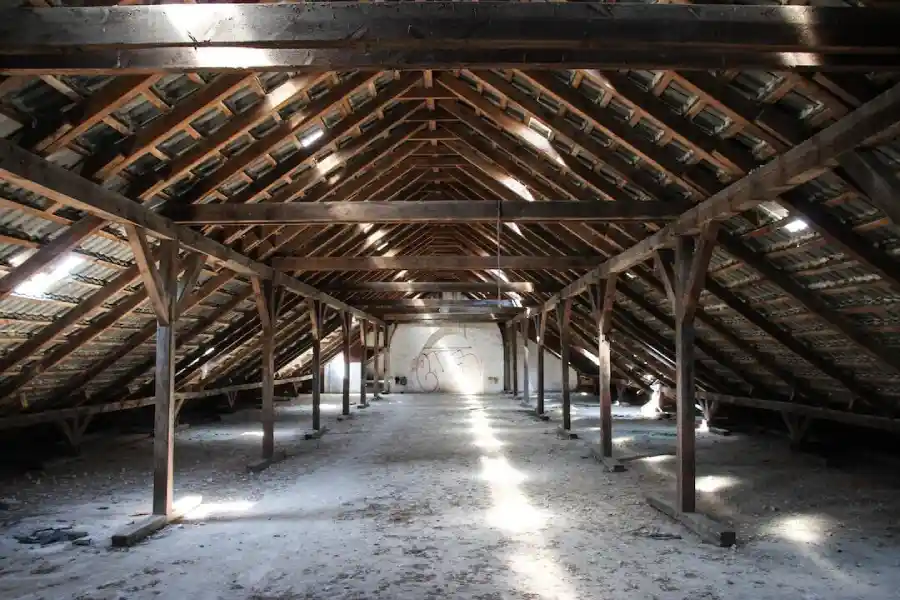A Guide to Choosing the Right Insulation for Crawl Space
When it comes to maintaining a comfortable and energy-efficient home, insulation plays a crucial role. Insulating your crawl space might not be the first thing that comes to mind. However, it can significantly impact your home’s overall comfort and energy bills.
In this guide, we’ll take you through everything you need to know about choosing the best insulation for your crawl space. Read on.
Fiberglass Batt Insulation
Fiberglass batt is one of the most affordable and widely available options. It’s easy to install and provides good thermal performance. Additionally, it is resistant to fire and does not absorb water.
Installing fiberglass batt insulation is relatively straightforward. It involves:
- measuring the crawl space
- cutting the insulation to fit between the joists
- securing it with staples or wire supports
While fiberglass batt is effective, it can lose its insulating properties if it gets wet. It’s also prone to mold growth and pest infestation. This makes it less ideal for damp or humid crawl spaces.
Rigid Foam Board Insulation
Rigid foam board insulation offers excellent thermal resistance and moisture control. It’s:
- durable
- lightweight
- provides a higher R-value per inch
This is compared to fiberglass.
Installing rigid foam boards involves cutting the panels to fit snugly between the floor joists and against the crawl space walls. The boards are then secured with adhesive or mechanical fasteners.
While rigid foam board is effective, it can be more expensive than fiberglass batt. Proper sealing is essential to prevent air gaps that can reduce its efficiency.
Spray Foam Insulation
Spray foam insulation provides an airtight seal that prevents air and moisture infiltration. It expands to fill gaps and cracks. This ensures comprehensive coverage and superior thermal performance.
Applying spray foam requires specialized equipment and expertise. It’s typically sprayed directly onto the crawl space walls and floor, expanding to create a continuous insulating barrier.
Spray foam insulation crawl space is more expensive than other options, but its superior performance and longevity can justify the initial investment. However, professional installation is recommended to ensure safety and effectiveness.
Comparing Insulation Types
When insulating crawl space with dirt floor, consider the R-value, which measures thermal resistance. Spray foam generally offers the highest R-value, followed by rigid foam board and fiberglass batt.
Moisture control is crucial in crawl spaces. Spray foam and rigid foam board are more resistant to moisture compared to fiberglass batt. This makes them better choices for humid environments.
Fiberglass batt is the most cost-effective option, while spray foam is the most expensive but offers the best performance. A rigid foam board strikes a balance between cost and effectiveness.
Additional Tips for Crawl Space Insulation
Before insulating, ensure that any air leaks in the crawl space are sealed. This prevents drafts and enhances the insulation’s efficiency.
Installing a vapor barrier on the crawl space floor can prevent moisture from seeping into the insulation and causing damage. This is particularly important for fiberglass batt insulation.
For the best results, consider consulting a professional insulation contractor. They can assess your specific needs and recommend the most suitable insulation type for your crawl space. Also, they can guide you on the benefits of crawl space encapsulation.
Get the Best Insulation for Crawl Space
Getting the best insulation for crawl space is a worthwhile investment that can enhance your home’s comfort and energy efficiency. By understanding the different types of insulation and their benefits, you can make an informed decision that meets your needs and budget. With the right insulation, your conditioned crawl space can contribute to a cozier, more efficient home.
If you want to read more articles, visit our blog.

